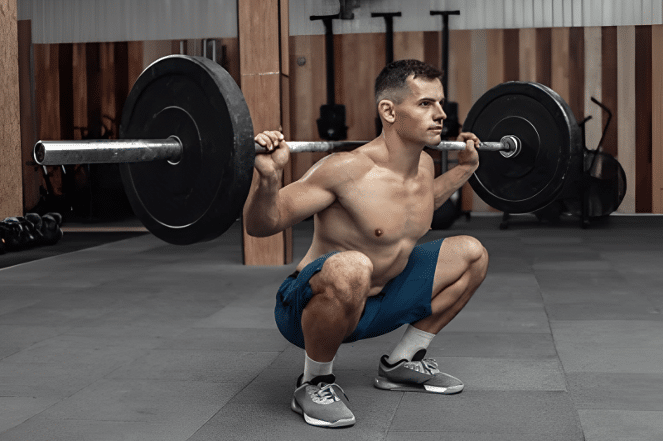The words flexibility and mobility often get confused or are used interchangeably. It’s important to understand the difference so you can incorporate them into a rehabilitation or fitness routine properly.
Mobility is often neglected or misunderstood. It’s plastered all over social media sites, with fitness gurus and physiotherapists telling us it’s important, but what is mobility and how does it differ from flexibility?
What is Flexibility?
The true definition of flexibility is the ability for a muscle to be lengthened.
Basically, how far a muscle can stretch. Think of it like an elastic band. If you pull the ends apart it stretches. It’s flexible. If it doesn’t stretch, it’s inflexible and could even snap. Muscles act similarly. Over stretched and whoops, now we have a muscle strain.

There is also another component to flexibility, and that is the joint capsule. Every moveable joint has a surrounding capsule, almost like a layer of cling wrap. If the joint capsule is too tight it will restrict range of motion. Doesn’t matter how stretchy your muscles are, if the joint capsule is restricted, the joint won’t move through its intended range.
Common flexibility exercises would include things like hamstring or calf stretches, where you assume a position, put a muscle on stretch, and hold for 10-30 seconds. The goal of these sustained positions is to create more muscle length.
What is Mobility?
Mobility is a joint’s ability to control movement through a full range of motion. Mobility is flexibility’s older sibling, you need to be flexible in order to be mobile. These are all the attributes that are required to be considered “mobile”:
-Muscle and tissue flexibility
-Full healthy range of motion in a joint
-Nervous system ability to relax to allow movement
-Neuromuscular systems ability to control movement through full range
A mobility exercise must have all the above components. Common exercises would be yoga flows, where you are moving, stretching, and controlling the movement at the same time.
Aren’t Both Mobility and Flexibility Important?
Of course! The problem comes when you only focus on flexibility. It’s okay to be flexible and have great tissue length but can you control it? If not, it’s not functional and hyper-flexibility can lead to injury as well.
When you have good mobility, you are able to perform positions and patterns to an optimal level.
Take a squat for example. You may have great hamstring length when you stretch, but if your hip joint capsules are tight or you have poor strength, the position will be restricted or performed with poor technique.

To keep your body performing at its peak level, it’s best to incorporate both mobility and flexibility into a warm up and/or recovery routine. If we are focusing on a warm up and recovery from a squat session you could include things like:
Mobility Drills as part of your warm up:
World’s Greatest Stretch: complete 3-5 sets on each side
https://www.youtube.com/watch?v=-CiWQ2IvY34
90/90 Hip Mobility Drill: complete 3-5 sets on each side
https://www.youtube.com/watch?v=nLuvQCTPrcY&t=35s
Static Stretches as part of your recovery or cool down:
Hamstring Stretch: complete 2 sets x 20 second holds on each side
https://www.youtube.com/shorts/KsBzD8cY1hk
Adductor Stretch: complete 2 sets x 20 second holds one each side
https://www.youtube.com/shorts/-SJ1pnldEGU
If you’d like to learn more about mobility exercises or want to incorporate them into a fitness or rehab plan, book an appointment with one of our Physios here or call us at 0117 373 1053.